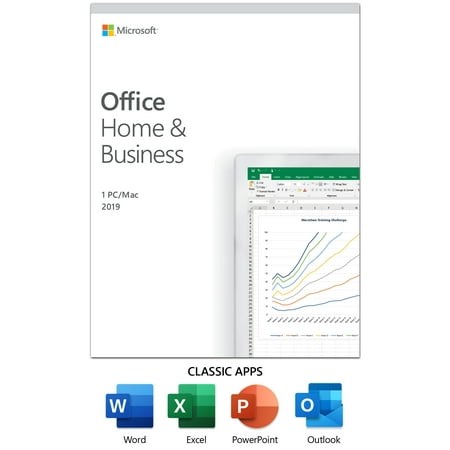What’s in the Box?
- Apple® iMac 21.5” Intel Core i5 2.7GHz, 8GB RAM, 1TB HDD + Keyboard/Mouse
Specifications:
- Brand: Apple
- Series: iMac
- Model: MD093LL/A
- Release Year: Late 2012
- Processor: 2.7GHz Intel Core i5 Quad-Core
- Operating System: macOS X 10.8 Mountain Lion (64-bit)
- Memory: 8GB of 1,600Hz DDR3 RAM
- Storage: 1TB 5,400RPM HDD
- Graphics: NVIDIA GeForce GT 640M Graphics (512MB GDDR5)
- Display: 21.5″
- Resolution (native): 1920 x 1080
- Ports: 2x Thunderbolt, 4x USB 3.0, 1x RJ45
- Network: 802.11a/b/g/n Wi-Fi, Bluetooth 4.0
- Dimensions: 17.7″ x 20.8″ x 6.9″ (H x W x D)
- Weight: 12.5 lbs.
- Condition: Refurbished
- Limited Quantity Available
- 30 Day Warranty






Reviews
There are no reviews yet.